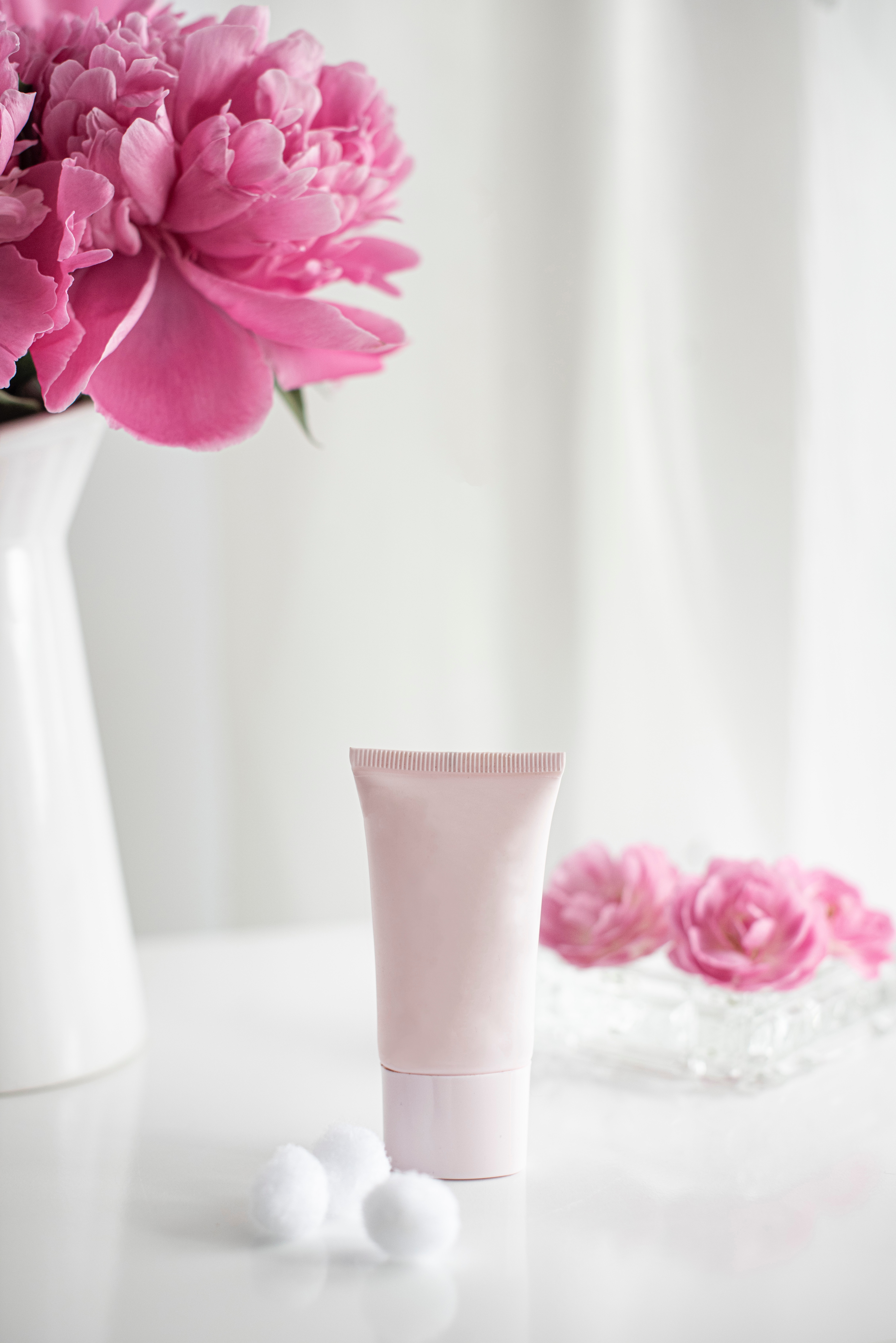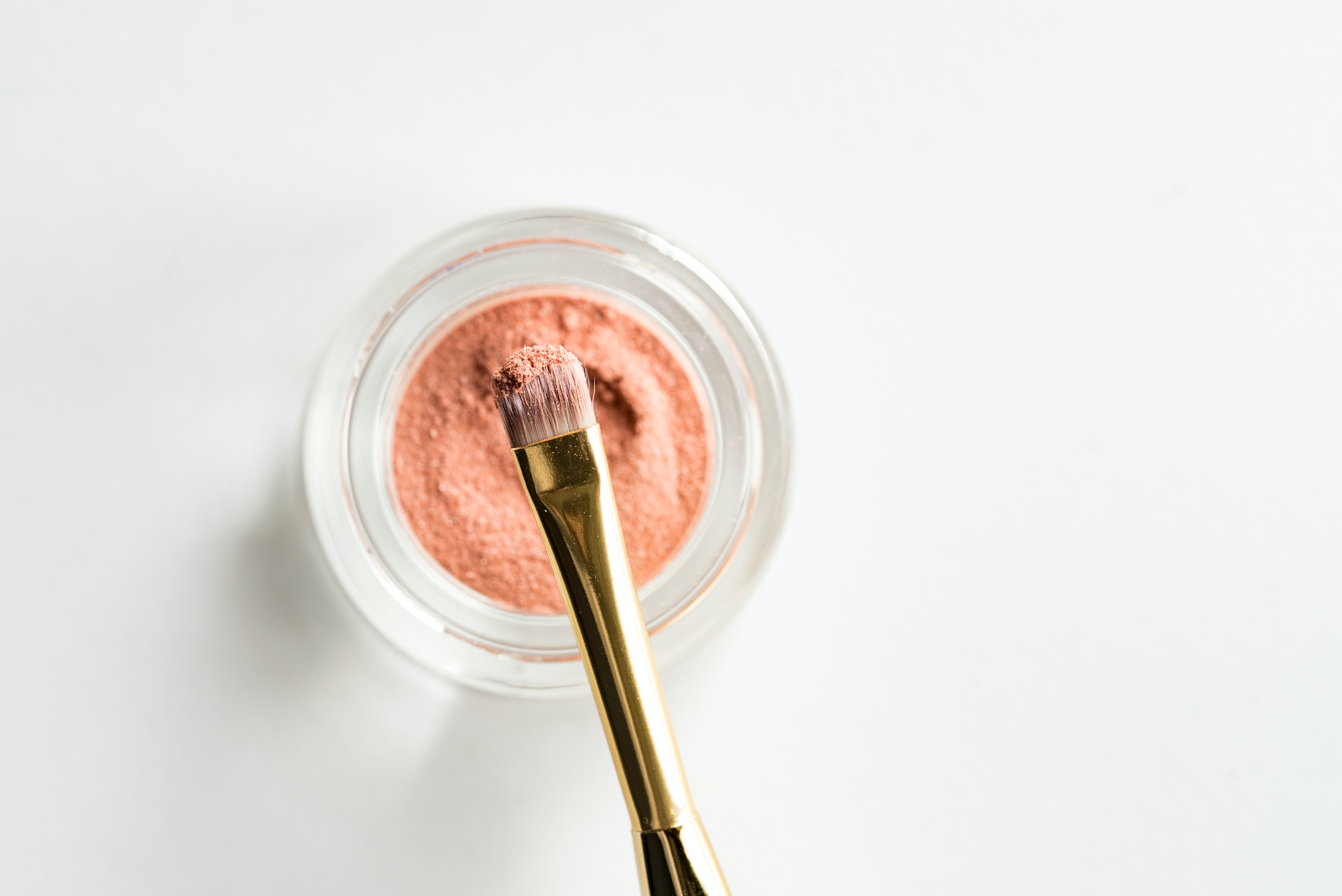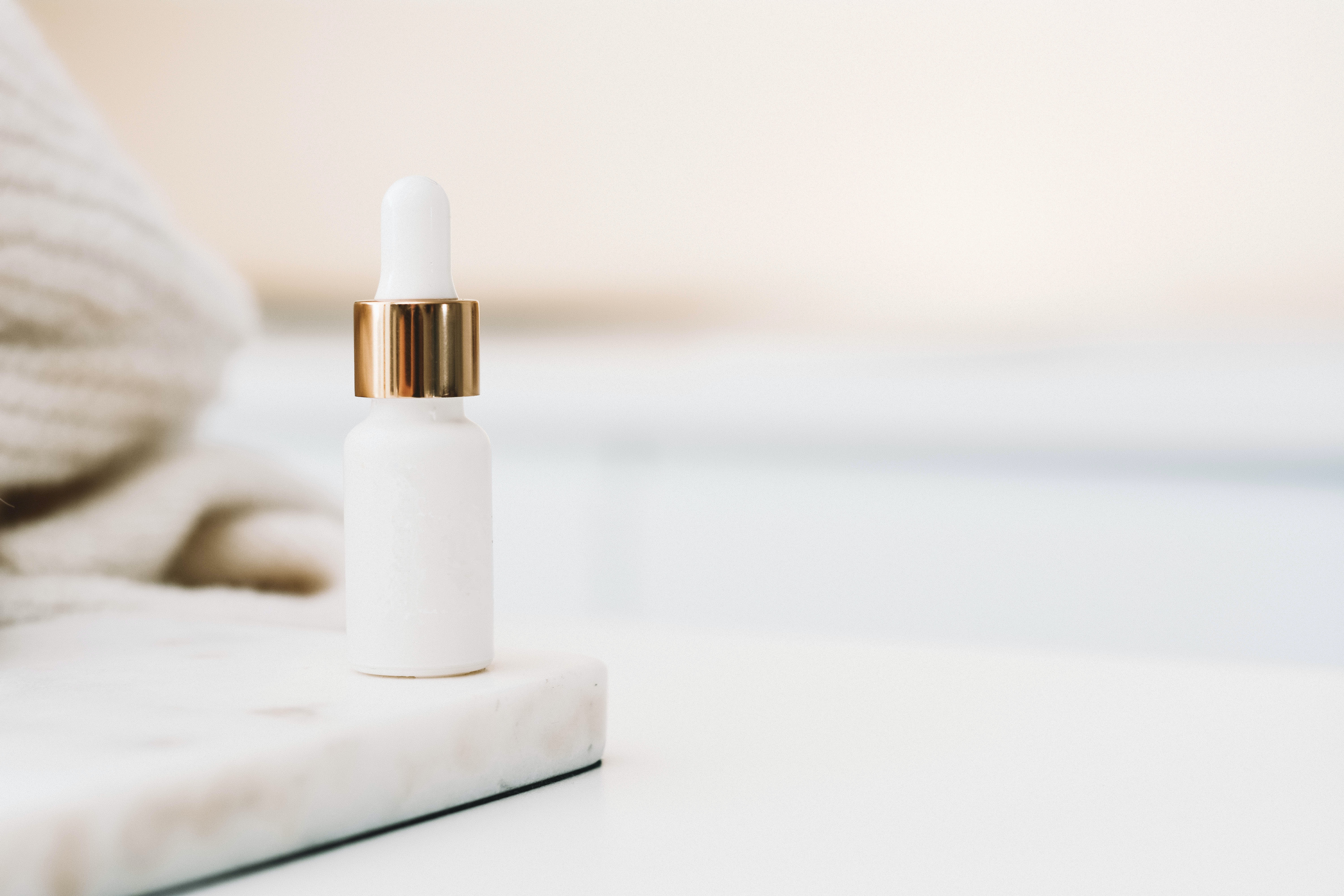A Peek into Thailand’s Hottest Star’s World: 10 Facts You Should Know About Freen
Get an exclusive peek into the world of Freen Sarocha: uncover 10 facts ...

In recent years, the beauty and skincare industry has seen a growing emphasis on health-conscious and environmentally-friendly products. This movement has given rise to the concept of “clean beauty,” a term that covers more than just aesthetics. It refers to cosmetics and skin care products that are free from harmful chemicals and represents a commitment to products that prioritise both personal well-being and a healthierplanet.

Unlike conventional beauty products that often contain a great deal of synthetic chemicals, clean beauty focuses on formulations that are thoughtfully created, avoiding potentially harmful ingredients. It reflects a fundamental change in consumer awareness and demands for transparency within the beauty industry. As consumers become more educated about the potential risks associated with certain chemicals commonly found in cosmetics and skincare, there is a growing desire for products that offer a safer, more natural alternative.
The clean beauty movement is a response to worries about the safety of these products. It’s about being transparent and helping consumers understand what kind of ingredients are in the products they use on their skin. It’s about challenging manufacturers to use safer components and supporting brands that truly care about clean beauty.
The movement had a starting point when consumers became more diligent around ingredient list research, questioning ingredients that contain toxins which can cause irritation and be carcinogenic (causing cancer) and neuroprotective effects (problems with the nervous system).

Parabens are a group of chemicals that are used as preservatives in cosmetics and skincare products. According to studies, some evidence links them to hormone-related cancers, thyroid disruption, reproductive organ harm, and obesity.
The term fragrance is a broad word that disguises up to 3,000 synthetic or natural chemicals. In addition, phthalates are a group of chemicals used to make fragrances linger. They’re also used to keep things like nail polishes, hair sprays, and plastics flexible. When you see the term fragrance, phthalates are most likely to be there as well, and they have been linked to reproductive malformation, type 2 diabetes, infertility, and breast cancers.
A mineral that is often used in cosmetics, baby powder, and eyeshadow, Talc has been linked to ovarian cancer, lung cancer, and respiratory problems. Keep an eye out for products labelled “talc-free”.
Also called silicon dioxide, silica is used to soak up things, prevent clumping, and scrub in products like toothpaste and foundation. Silica exists in nature, but the type allowed in makeup is amorphous silica, not crystalline silica. However, some studies suggest that amorphous silica could be contaminated with the crystalline kind. Since silica has been linked to lung cancer and respiratory problems, look for products labelled “silica-free”.
Hydroquinone is a skin-lightening agent that is often used in anti-aging products and serums. Although the compound was approved by the FDA in 1982, it was taken off the shelves as the products contained mercury. However, Hydroquinone itself has been linked to abnormal function of the adrenal gland, decreased immune response, and a skin condition known as ochronosis. Because of this, Japan, Australia, and the European Union have banned the ingredient.
Often found in lip balms and face creams, mineral oil (petrolatum, paraffin) is a moisturising agent that is sourced from petroleum. There are many good reasons to stay away from petroleum-based products for the environment and regarding health too. In 2011, a study discovered that mineral oil is the biggest pollutant thatcan build up in our bodies. In 2016, another study suggested reducing the amount of mineral and petroleum-based ingredients “in the majority of cosmetic lip products” that are ingested. According to the World Health Organization, untreated or mildly treated mineral oils used in manufacturing are listed as carcinogens.

The clean beauty movement represents a huge shift in the beauty industry, emphasising not only personal well-being but also environmental sustainability. By prioritising non-toxic, natural ingredients and transparent practices, clean beauty offers customers the opportunity to make informed choices while promoting a healthier relationship with both themselves and the planet. As this movement continues to grow, its positive impact on both individual routines and the industry as a whole will shape a more conscious and responsible approach to beauty.
References:
National Library of Medicine, 2018, ‘Evidence for cosmetics as a source of mineral oil contamination in women’
National Cancer Institute, 2022, ‘Crystalline Silica’
National Cancer Institute, 2022, ‘Mineral Oils: Untreated and Mildly Treated’
Get an exclusive peek into the world of Freen Sarocha: uncover 10 facts ...
In a cinematic landscape saturated with remakes, reboots and sequels, you might ...
These top 5 barber shops in Bangkok are where gentlemen can elevate ...
While traditional TV shows are serving us endless boy-meets-girl tales. Thailand has ...
Pets, as cherished members of our families, deserve rights and protections that ...
The internet makeup obsession straight out of Bangkok’s streets! Thai makeup zeroes ...
Wee use cookies to deliver your best experience on our website. By using our website, you consent to our cookies in accordance with our cookies policy and privacy policy